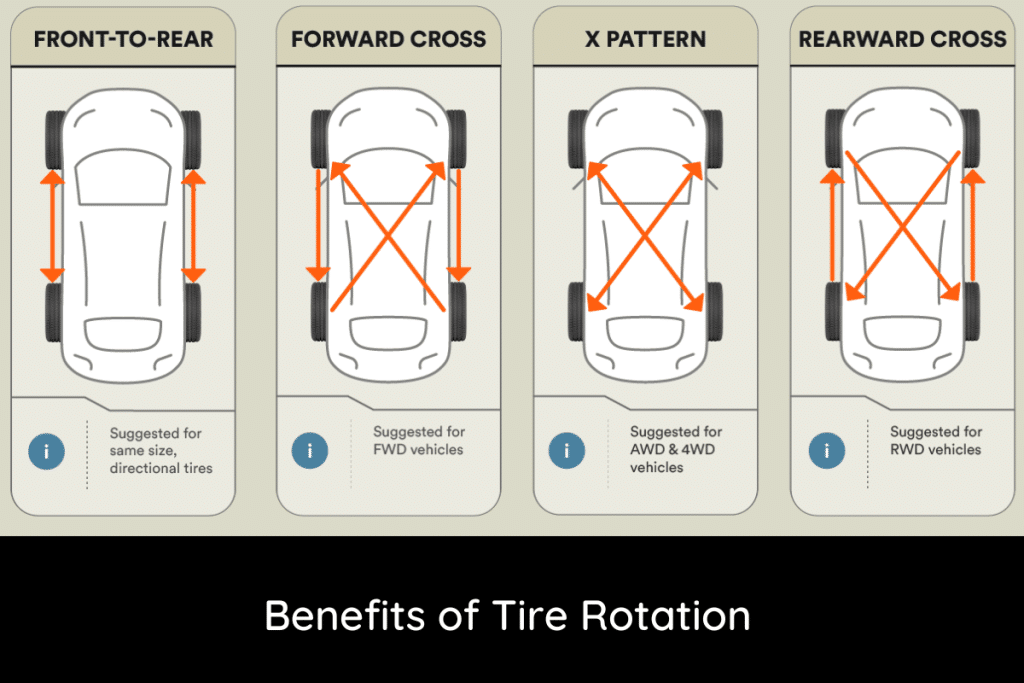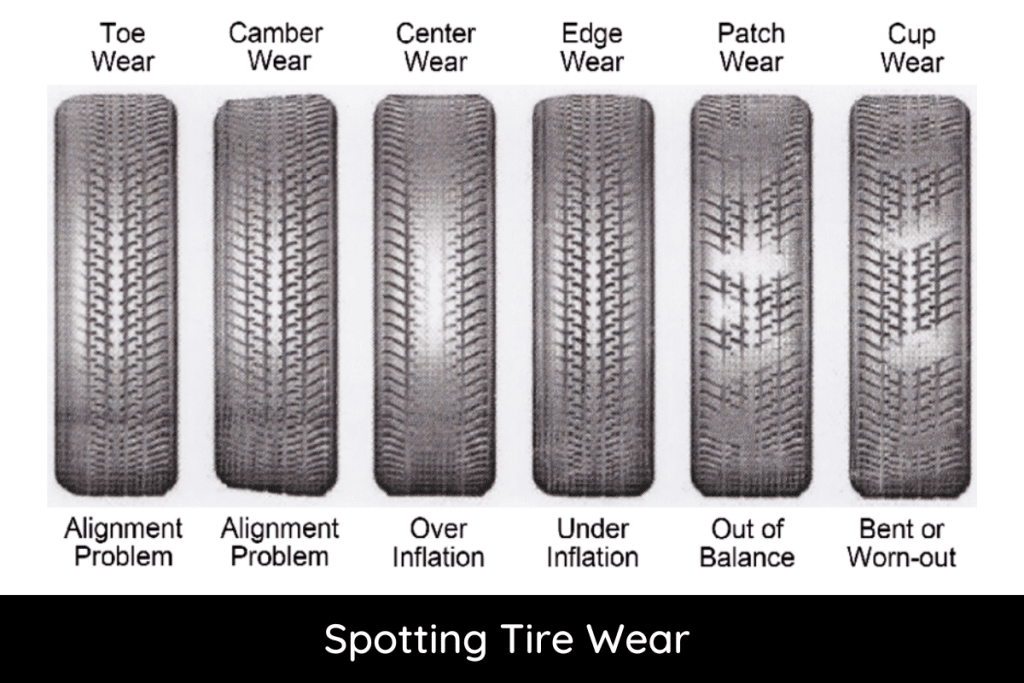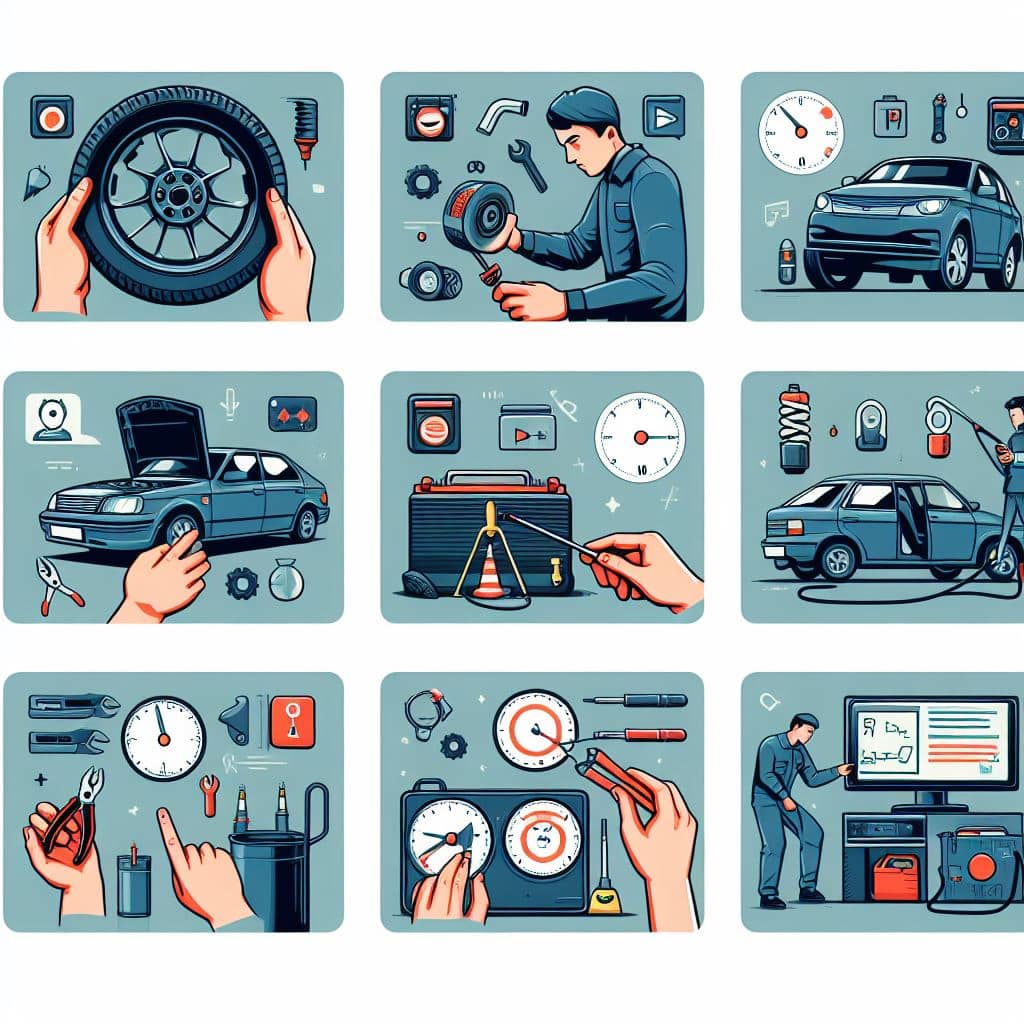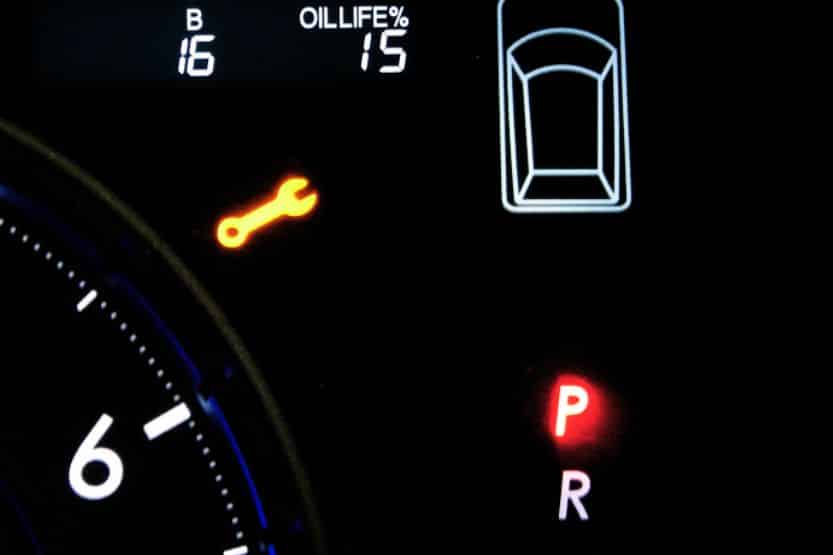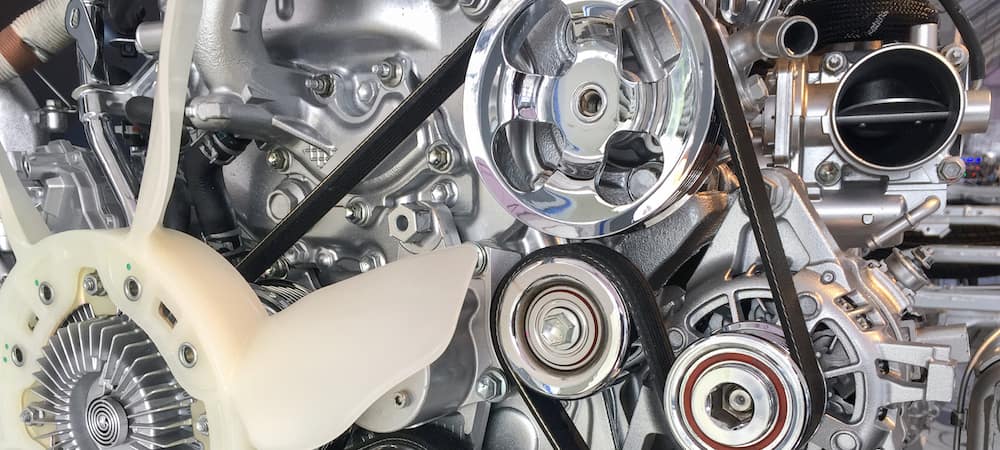The transmission is often referred to as the heart of a vehicle’s drivetrain. Just as blood is vital for the human heart to function, transmission fluid plays an indispensable role in the smooth and efficient operation of a vehicle’s transmission.
This fluid serves multiple purposes: it lubricates, cools, cleans, and ensures the seamless transfer of power from the engine to the wheels. Without it or with degraded fluid, a transmission can’t perform optimally, leading to potential wear, overheating, and even failure.
Regular transmission fluid changes, typically ranging from $80 to $250, are crucial for optimal vehicle performance. The frequency depends on the vehicle type and usage, with many manufacturers recommending intervals between 30,000 and 150,000 miles. Choosing professional service ensures accuracy, while timely maintenance prevents costly repairs in the future.
However, it’s not just about having transmission fluid; it’s about maintaining its quality and ensuring it’s replaced or refreshed at the right intervals. This brings us to two primary services related to transmission fluid: a transmission fluid change and a transmission flush.

At a glance, both might seem similar, but there’s a distinction. A transmission fluid change involves draining the old fluid (usually from the drain plug) and then refilling the transmission with new fluid. It’s akin to letting out a portion of the old and replenishing with the new.
On the other hand, a transmission flush is a more comprehensive process. It pushes out all the old fluid, including that in the torque converter and cooler lines, and replaces it entirely with fresh fluid. Think of it as a complete “reset” for your transmission fluid.
Both procedures have their merits, and the choice often depends on the vehicle’s age, mileage, manufacturer recommendations, and the condition of the existing fluid. As we delve deeper into this guide, we’ll explore the nuances of each, their benefits, and when to opt for one over the other.
Different Types of Transmissions and Their Fluid Needs
Manual Transmission:
- Characteristics: Manual transmissions, often referred to as “stick shifts,” require the driver to manually change gears using a clutch pedal and gear stick. They offer a direct connection between the engine and the wheels, providing a tactile driving experience.
- Fluid Specifications: Manual transmissions typically use a thicker fluid compared to automatic transmissions. This fluid, often called gear oil, is designed to lubricate the gears, bearings, shafts, and other internal components. The specific type and viscosity depend on the manufacturer’s recommendation.
Automatic Transmission:
- Characteristics: Automatic transmissions shift gears on their own, without any input from the driver. They use a complex system of hydraulic circuits, valves, and electronic controls to ensure smooth and efficient gear changes.
- Fluid Types and Change Intervals: Automatic transmissions use Automatic Transmission Fluid (ATF). There are several types of ATFs, including multi-vehicle ATF, Dexron IV (by GM), Mercon V (by Ford), and ATF+4 (for Chrysler). The change intervals vary, but a general guideline is every 30,000 to 60,000 miles. However, always refer to the vehicle’s owner’s manual for specific recommendations.
Continuously Variable Transmission (CVT):
- Characteristics: CVTs offer a seamless driving experience by using a pulley system instead of traditional gears. This allows for infinite gear ratios, optimizing fuel efficiency and performance.
- Unique Fluid Requirements: CVTs require a specially formulated CVT fluid. This fluid is designed to work with the unique mechanics of CVTs, ensuring proper lubrication and heat dissipation. Using the wrong fluid can lead to premature wear and potential failure.
Dual Clutch Transmission (DCT):
- Characteristics: DCTs combine elements of both manual and automatic transmissions. They use two separate clutches for odd and even gear sets, allowing for rapid gear changes and improved efficiency.
- Fluid Considerations and Maintenance: DCTs require a specific type of fluid that caters to their hybrid nature. This fluid ensures the smooth operation of both the hydraulic and mechanical components. Regular maintenance, including fluid changes, is crucial to prevent wear and ensure optimal performance.
Transmission Fluid Change vs. Transmission Flush: At a Glance

Transmission Flush
- Definition: A transmission flush is a comprehensive process that uses a professional-grade flush machine to completely remove all the ATF (automatic transmission fluid) from the transmission, including from the torque converter and cooler lines. It flushes away grime and contaminants and then refills the system with new ATF.
- Purpose: The main goal of a transmission flush is to remove old, degraded fluid along with any contaminants. This ensures that the transmission operates with fresh fluid, free from any particles that might cause wear or damage.
- Procedure: The flush involves running a special solution through the cooler lines until they are completely clean. It requires a professional-grade flush machine and is typically performed by trained professionals.
- Outcome: A transmission flush completely replaces the old ATF with new fluid, ensuring optimal transmission performance and longevity.
Transmission Fluid Change
- Definition: A transmission fluid exchange, often referred to as a fluid change, involves draining the old ATF from the transmission pan and then refilling it with new fluid. It typically only drains 20% to 40% of the total ATF volume.
- Purpose: The primary goal of a fluid exchange is to replace a portion of the old ATF with new fluid. It helps in maintaining the quality of the fluid without completely replacing it.
- Procedure: The process usually involves a test drive to warm the ATF to its normal operating temperature. Then, using a lift, the vehicle is raised to provide access to the transmission pan. The ATF is drained, either by removing the entire transmission pan or just the drain plug. After draining, new ATF is added.
- Outcome: A fluid exchange refreshes a portion of the ATF, mixing new fluid with the old ATF still inside components like the torque converter.
Key Differences
- The extent of Fluid Replacement: A flush completely removes all the ATF, while an exchange only replaces a portion.
- Equipment Used: A flush requires a professional-grade machine, while an exchange can often be done with basic tools.
- Cost: A transmission flush is generally more expensive than a fluid exchange due to the required fluid and equipment used. A flush can cost between $125 to $250, while a fluid change typically ranges from $80 to $250, depending on various factors such as the service center, type of ATF used, and additional services like filter replacement.
- DIY Possibility: Many drivers opt to perform a fluid exchange themselves as it’s more straightforward. However, a flush is best left to professionals due to the equipment and expertise required.
Why is a Transmission Fluid Change Necessary?
Transmission fluid is the lifeblood of the transmission system, performing several critical functions. It lubricates the moving parts, preventing wear and tear. It also acts as a coolant, ensuring that the transmission doesn’t overheat during operation.
Furthermore, the fluid helps in cleaning the internal parts of the transmission, flushing away any contaminants and debris. Without proper lubrication, cooling, and cleaning, the transmission can face premature wear, reduced efficiency, and potential failure.
Like all fluids in a vehicle, ATF degrades over time. As it ages, it loses its lubricating and cooling capabilities. Moreover, it can accumulate tiny metal shavings from the moving parts and other contaminants that can affect the quality of shifts.
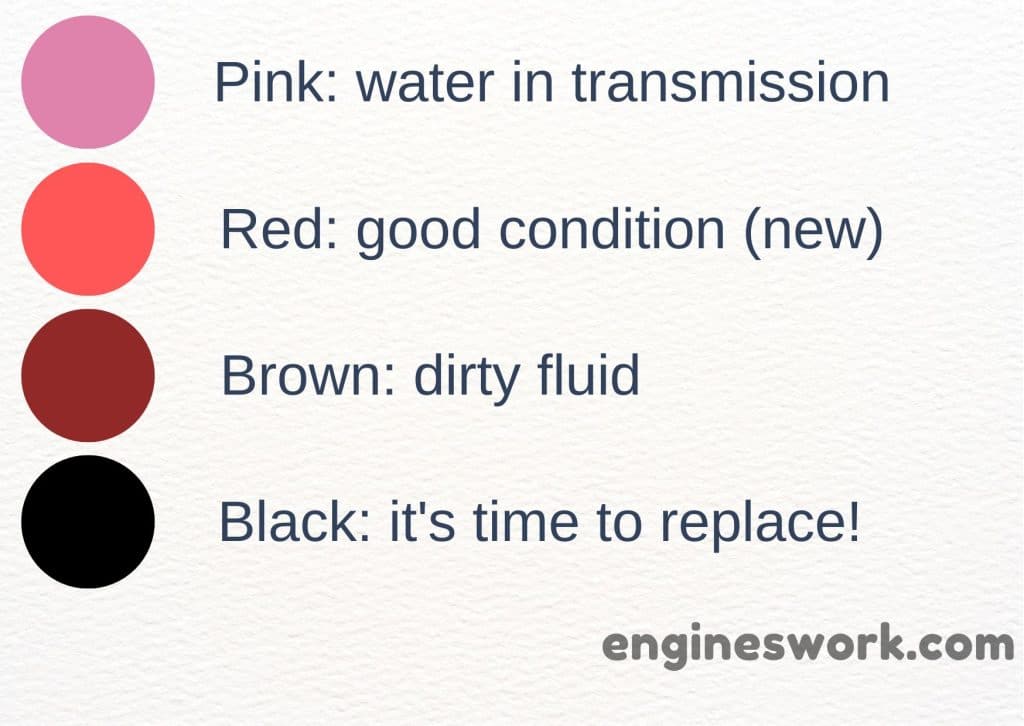
If the transmission fluid is not changed, these contaminants can lead to mechanical problems, affecting shift quality and the overall lifespan of the transmission. Darkened fluid or a burned odor indicates that the fluid has deteriorated and needs replacement.
Benefits of Synthetic ATF and Considerations for Its Use
Synthetic ATF offers several advantages over conventional ATF. It provides better lubrication, ensuring smoother shifts and reduced wear on the transmission’s internal components. It also has a higher resistance to heat, providing better cooling capabilities.
However, it’s essential to ensure that the synthetic ATF is compatible with your vehicle. Some manufacturers have specific requirements for the type of ATF to be used. Always refer to the vehicle’s owner manual or consult a trained technician before switching to synthetic ATF.
Regular transmission fluid changes are not just a routine maintenance task but a necessity to ensure the longevity and optimal performance of the transmission. By understanding the importance of ATF and its role in transmission, vehicle owners can make informed decisions about its maintenance and ensure the prolonged health of their vehicle’s transmission.
What Happens During a Transmission Fluid Change?
Step-by-step Breakdown of the Process:
- Warming Up: The vehicle is test-driven to warm the ATF to its normal operating temperature.
- Lifting the Vehicle: Using a lift, the vehicle is raised to provide access to the transmission pan.
- Draining the Fluid: The ATF is drained, either by removing the entire transmission pan or just the drain plug.
- Filter Replacement: The filter is replaced if necessary. This step is crucial as the filter helps in trapping contaminants, ensuring the fluid remains clean.
- Refilling: The transmission is then refilled with fresh ATF.
Differences Between the Cooler Flush Method and the Pump Inlet Flush Method
Cooler Flush Method:
- Procedure: All the old, dirty fluid is removed, and a special solution is run through the cooler lines. The filter is replaced if necessary, and then the transmission is refilled with fresh ATF.
- Outcome: This method ensures that the transmission runs cooler and receives maximum protection against wear to clutches, gears, and bearings. It also results in more consistent shifting since the new fluid provides more effective frictional properties.
Pump Inlet Flush Method:
- Procedure: This method is similar to the cooler flush but focuses on the pump inlet. It ensures that all the old fluid is removed from the pump inlet and replaced with new ATF.
- Outcome: The pump inlet flush method is more thorough in ensuring that all contaminants are removed from the pump inlet, ensuring optimal transmission performance.
Pros and Cons of Each Method
Cooler Flush Method:
- Pros:
- More comprehensive cleaning of the transmission.
- Ensures maximum protection against wear.
- Results in more consistent shifting.
- Cons:
- Requires specialized equipment.
- Generally more expensive than a simple fluid change.
Pump Inlet Flush Method:
- Pros:
- Ensures thorough cleaning of the pump inlet.
- It can be more effective in removing contaminants from specific areas.
- Cons:
- It might not be as comprehensive as the cooler flush method.
- Requires specialized equipment and expertise.
In conclusion, both methods aim to ensure the longevity and optimal performance of the transmission. The choice between the two often depends on the vehicle’s specific needs, the condition of the existing fluid, and the recommendations of trained technicians.
Factors Affecting Transmission Fluid Change Cost
Vehicle Make and Model Considerations: The type of vehicle you drive plays a significant role in determining the cost of a transmission fluid change. For instance, luxury vehicles or those with specialized transmission systems may have higher costs due to the specific fluid requirements or the complexity of the transmission system. Domestic brands and imported sedans are usually cheaper in terms of transmission fluid change than luxury vehicles.
Geographic Location and Labor Costs: The cost of living in your area can influence the labor charges. On average, you might pay at least $100 for labor when bringing your car to a mechanic or service center. However, at a dealership, this often costs 2-3 times the labor cost of a mechanic’s garage.
Choice of Service Center: Where you choose to get the service done can significantly affect the price. Dealerships typically charge more compared to local mechanics or independent service centers. For instance, if your transmission fluid is changed by the dealership, service center, or an independent garage, the cost can range from $80 to $250.
Type of ATF Used and Its Cost Implications: Not all transmission fluids are the same. Modern cars might need a specific transmission fluid type, like SP4 or ATF+4, which can cost around $8 to $20 a quart. The average car uses 5-15 quarts of transmission fluid. There are also synthetic, non-synthetic, and semi-synthetic transmission fluids. Synthetic transmission fluid, which offers better performance, is typically more expensive than non-synthetic products.
Additional Services: It’s highly recommended to get your filter changed and the pan cleaned thoroughly when you get your car’s transmission fluid changed. The filter and pan collect contaminants over time, which can contaminate the new fluid and reduce its efficiency. Additional costs might include a new filter ($15-$30) and sometimes the replacement of the pan gasket, which can cost between $75 to $150.
Several factors can influence the cost of a transmission fluid change. It’s essential to be informed and consult with trusted professionals to ensure you’re getting the best service for your vehicle at a reasonable price.
DIY vs. Professional Service
Changing the transmission fluid can be a straightforward task for those who are mechanically inclined.
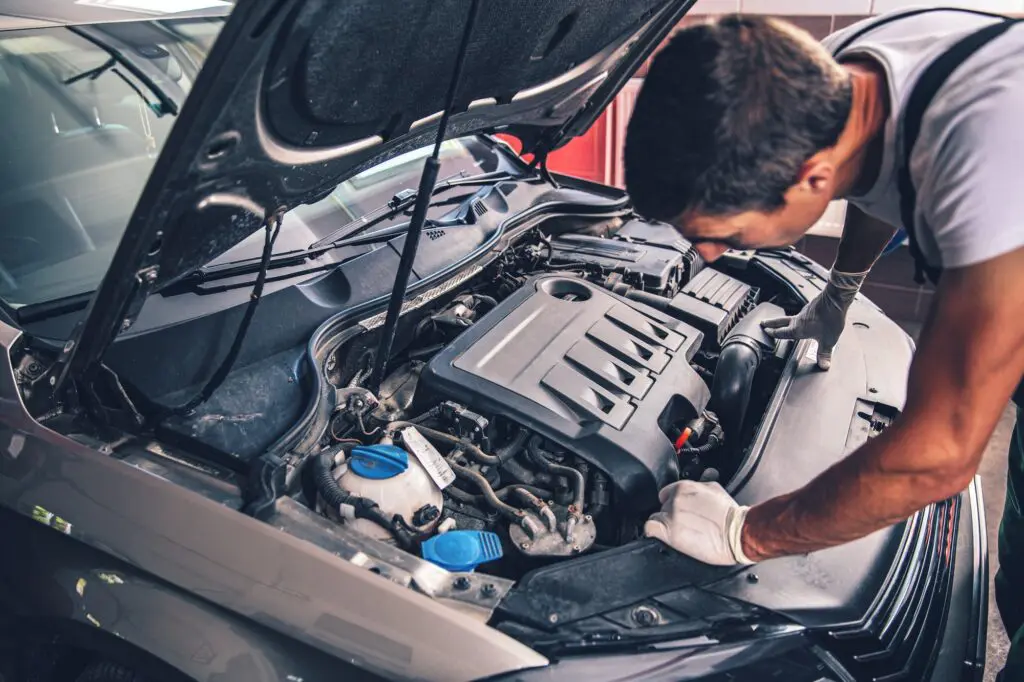
Here’s a brief overview:
- Warming Up: Before starting, it’s essential to drive the vehicle to warm the ATF to its normal operating temperature.
- Lifting the Vehicle: The vehicle is raised using a lift or jack stand to provide access to the transmission pan.
- Draining the Fluid: The ATF is drained by either removing the entire transmission pan or just the drain plug.
- Filter Replacement: If accessible, the filter is replaced. This step is crucial as the filter helps trap contaminants.
- Refilling: Fresh ATF is added to the transmission.
Necessary Tools and Potential Challenges:
- Tools Needed: Basic tools like a wrench, screwdriver, drain pan, and jack stands are required. Additionally, you’ll need the specific type of ATF recommended for your vehicle.
- Challenges: The process can be messy, especially if the transmission pan needs to be removed. Ensuring the correct amount and type of ATF is used is crucial. Overfilling or underfilling can lead to transmission issues.
Benefits of Professional Service and Peace of Mind
- Expertise: Professionals have the experience and knowledge to handle any unexpected issues that might arise during the fluid change.
- Equipment: Service centers have specialized equipment that can ensure a more thorough fluid change, such as machines that can flush the entire system.
- Warranty: Many service centers offer warranties on their work, providing peace of mind that if something goes wrong, it will be addressed.
- Time-Efficient: For those who aren’t familiar with the process, a DIY approach can be time-consuming. Professionals can typically complete the task in a fraction of the time.
- Safety: Working under a vehicle without the proper equipment can be dangerous. Professionals have the necessary tools and lifts to ensure safety.
While a DIY approach can be cost-effective, it comes with its challenges. For those who want assurance that the job is done right, seeking professional service is the best route.
Frequency of Transmission Fluid Changes
The frequency of changing transmission fluid varies significantly based on the vehicle’s make, model, and year. While some manufacturers suggest a “filled-for-life” approach, meaning the transmission fluid doesn’t need to be changed unless it becomes “contaminated”, others have specific mileage intervals.

Here are a few examples:
- 2021 RAM 1500: Filled-for-life transmission (change only if the fluid becomes “contaminated”).
- 2021 Chevy Silverado: Filled-for-life transmission but recommends changing every 45,000 miles (72,000 km) under severe service conditions.
- 2021 Ford F-150: Every 150,000 miles (240,000 km) for both normal and severe service.
- 2003 Honda CR-V: 90,000 miles (145,000 km) under normal conditions and 30,000 miles (48,000 km) under severe conditions.
These differences underscore the importance of consulting your vehicle’s owner’s manual for specific recommendations. Many manufacturers also provide digital owner’s manuals online, so if you’ve misplaced yours, a quick online search can help.
Importance of Timely Maintenance for Optimal Vehicle Performance
Transmission fluid plays a pivotal role in ensuring smooth gear shifts, lubricating internal components, and cooling the transmission system. Over time, the fluid can degrade, leading to reduced performance, potential damage, and costly repairs. Regularly checking and changing the transmission fluid can prevent these issues, ensuring optimal vehicle performance and longevity.
A quick note on “filled-for-life” transmissions: While they might seem maintenance-free, it’s still crucial to change the fluid at least once during the vehicle’s lifetime, especially if you engage in activities like towing or hauling. Neglecting this can lead to transmission failure after the warranty expires, resulting in expensive repair bills.
While the frequency of transmission fluid changes can vary, prioritizing this maintenance task is essential. Regularly checking and changing the fluid can save you from potential headaches down the road and ensure your vehicle runs smoothly for years to come.
Conclusion
The transmission is the heart of a vehicle’s drivetrain, ensuring that power is efficiently transferred from the engine to the wheels. Just as our hearts rely on clean blood to function optimally, transmissions depend on clean and adequate fluid to operate smoothly.
Regular transmission fluid changes are not just a routine maintenance task; they are an investment in the longevity and performance of your vehicle.
Throughout this article, we’ve delved into the intricacies of transmission fluid, from its pivotal role in lubricating, cooling, and cleaning internal components to the specific needs of different transmission types. We’ve also highlighted the potential cost implications and the stark difference between DIY and professional services.
But the overarching message is clear: preventive maintenance, especially regular transmission fluid changes, can save vehicle owners from costly repairs in the long run.
By adhering to the manufacturer’s recommendations and understanding your vehicle’s unique needs, you can ensure that your transmission—and, by extension, your vehicle—remains in peak condition for years to come.
In the world of automotive care, an ounce of prevention is indeed worth a pound of cure. Regularly changing your transmission fluid is a small step that can lead to significant long-term benefits, ensuring that your vehicle remains a reliable and efficient mode of transportation.


